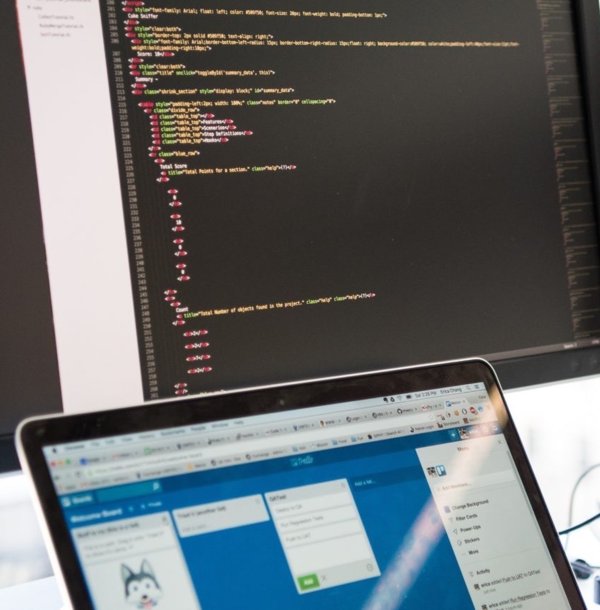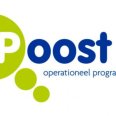Work has started on realising the potential of the BCI testbed. The research will consist of two main stages, namely, the sensing and utilisation of brain signals and the development of applications with practical value. Researchers working for both the partners and the University of Twente are working together to tackle the challenges they face within the various underlying projects. The further development of the BCI testbed and its applications has become one of the long-term knowledge development projects within the scope of the BMS Lab and will feature in future projects.
The research project at the BMS Lab is defined by a focus on adaptability to the human state of mind. Three use cases serve as the basis for the research being conducted at the BCI testbed. All three use cases have a common theme based on the feedback from sensors, like those measuring brain activity (EEG), heart rate, or stress, to adapt and change what machines are showing or how processes are being run.
Stages within the project
The following three use cases form the basis of the BCI testbed:
BCI Testbed in the media
The BCI testbed has gathered attention in the media due to its versatile uses and implications. From radio interviews to numerous news articles all inspired by the great potential for generating new knowledge as well as new findings and their connotations. Furthermore, additional articles have been written about the functionalities and benefits and promising projects of the BCI testbed, such as the ones by Noldus, HBA Lab and Artinis. Most significantly, master’s student Interaction Technology, Max Slutter’s project has been further covered UToday and Ad.nl. Additionally, the project was covered in Radio 538 interview and in UT’s newspaper.
PARTNERS
In the BCI Testbed project, we worked together with the following:
Publications
Apart from the media, our projects have inspired a broad body of research within the BMS Lab. Examples of the research conducted and published so far include:
- Dolmans, T. C., Poel, M., van’t Klooster, J.W.J.R., & Veldkamp, B.P. (2021). Perceived Mental Workload Classification Using Intermediate Fusion Multimodal Deep Learning. Frontiers in Human Neuroscience. doi:10.3389/fnhum.2020.609096
- Slutter MWJ, Thammasan N and Poel M (2021) Exploring the Brain Activity Related to Missing Penalty Kicks: An fNIRS Study. Front. Comput. Sci. 3:661466. doi: 10.3389/fcomp.2021.661466
- Gouweleeuw, K. (2021). Using Neurophysiological Signals to Measure Social Exclusion Induced by a Language Barrier. (M.Sc). University of Twente, Enschede.
- Groothaar, L. (2021) The personalized audio tour. (B.Sc.). University of Twente, Enschede.
- Mul, Marissa (2021) Enhancing museum experience through augmented reality interaction. (B.SC.). University of Twente, Enschede.
- Luiten, Simone (2021) Improving the experience and engagement of museum visitors by means of EEG and interactive screens. (B.Sc.). University of Twente, Enschede.
- Slutters, M. (2020). Exploring the brain activity related to missing penalty kicks: a fNIRS study. (M.Sc.). University of Twente, Enschede.
- Waardenburg, F.H. (2021) Mirror therapy in Virtual Reality by a brain-computer interface for amputees experiencing phantom limb pain. (B.Sc.). University of Twente, Enschede.
- de With, L. (2020). Using Functional Near-Infrared Spectroscopy to Measure a Fear of Heights Response to a Virtual Reality Environment. (M.Sc.). University of Twente, Enschede.










